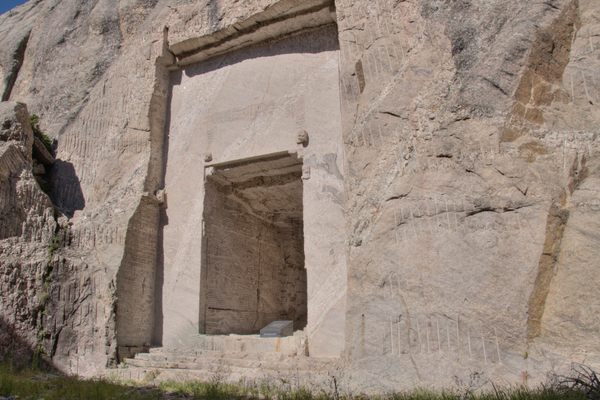The Seven Summits, Part 1
Mount Elbrus (photograph by Kuster & Wildhaber Photography)
In the early 1980s, Richard Bass, an oil and gas magnate from Tulsa, Oklahoma, set for himself a mountaineering challenge. He wanted to ascend the highest point on each of the seven continents. On April 30, 1985, he completed this challenge, becoming the then oldest person at age 64 to climb Mount Everest. He wrote about his adventures in the book Seven Summits.
With the somewhat nebulous definition of what a continent is, some said that Bass’s relatively simple walk up to the highest point in the Australian mainland isn’t the highest point on the continent at all, since the island of New Guinea is on the same tectonic plate and has a much higher and tougher mountain to even gain access to, let alone climb. Thus, there are two versions of the list: the Bass list using mainland Australia, and the Messner list named after Reinhold Messner, one of the most prolific climbers in history, who suggested the New Guinea peak for the defined continent of Oceania.
Australia (Bass)
Mount Kosciuszko
2,228 meters / 7,310 feet
In the Great Dividing Range near the border between New South Wales and Victoria, summiting Mount Kosciuszko, or “Kozzy,” can be a simple 8 km (5 mile) hike from the ski resort in Charlotte Pass, Australia’s highest permanent settlement and coldest location. Until 1977, this trail used to be a road to a parking lot at Rawson Pass for climbers to park their cars, but now only hikers and cyclists can use the former road. From June through October, the simple hike on this trail becomes a simple snow climb.
Summit of Mt Kosciuszko (photograph by Cimexus/Wikimedia)
Oceania (Messner)
Puncak Jaya aka Carstensz Pyramid
4,884 meters / 16,023 feet
The climb up Puncak Jaya in the Papua province of Indonesia is much different than Kozzy. Political instability and a dense jungle can keep climbers from even approaching it. The Indonesian government closed access to it from 1995 to 2005, but deals have been made with adventure tour companies for access. The five-day hike from the town of Timika through the jungle to the base camp can be a slog through hard rain, and the climb is a long scramble with technical rock climbs in parts.
Puncak Jaya (photograph by Alfindra Primaldhi)
Antarctica
Mount Vinson
4,892 meters / 16,050 feet
The Sentinel Range is well south of the Antarctic Peninsula, the thin stretch of land that reaches toward Tierra del Fuego. Mount Vinson, the highest point of the vast Vinson Massif, is not a technically difficult climb, but merely traveling in Antarctica is a dangerous proposition, not to mention the incredible cold and effects of altitude on the ascent. Then there is the cost, as an expedition to climb Mount Vinson can cost nearly $40,000 per person.
Summit of Vinson Massif, Antarctic (photograph by Victor L. Vescov)
Europe
Mount Elbrus
5,642 meters / 18,510 feet
An inactive, ancient volcano, Mount Elbrus rises over Europe from the Caucasus Mountains in Russia near the Georgian border. This mountain is a technically easy snow and glacier climb, but high winds and heavy snow can occur at any time. The standard route starts at “the Barrels,” an old set of barracks that now service enthusiastic and weary climbers. No mention of the Barrels is complete without a few words about “the nastiest outhouse in the world,” a title given to the Barrels’ privies by Outside magazine in 1993.
Mount Elbrus (photograph by JukoFF/Wikimedia)
In the second part of this Seven Summits series, some familiar mountains will take their place as the highest point of their continents, and one climber will ask that even though this list is the highest mountains on their continents, is it the most challenging mountaineering list?
The author would like to thank the authors at summitpost.org for the standard route descriptions. For more on scaling the world’s summits, check out “The Summit Scaling Subculture of Highpointing.”









Follow us on Twitter to get the latest on the world's hidden wonders.
Like us on Facebook to get the latest on the world's hidden wonders.
Follow us on Twitter Like us on Facebook